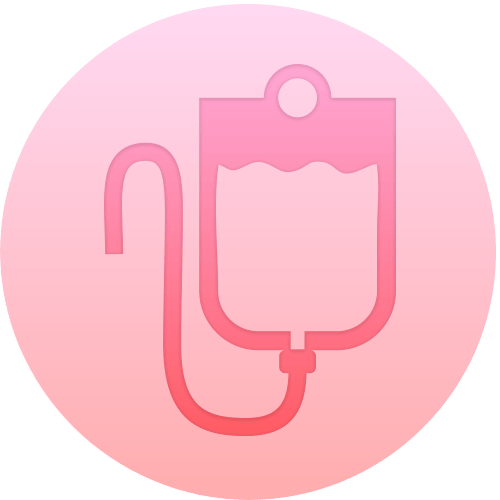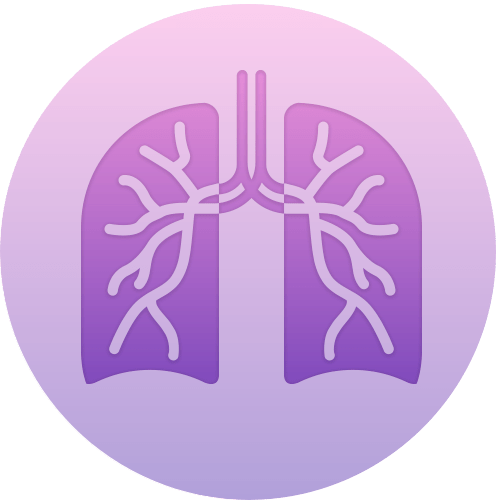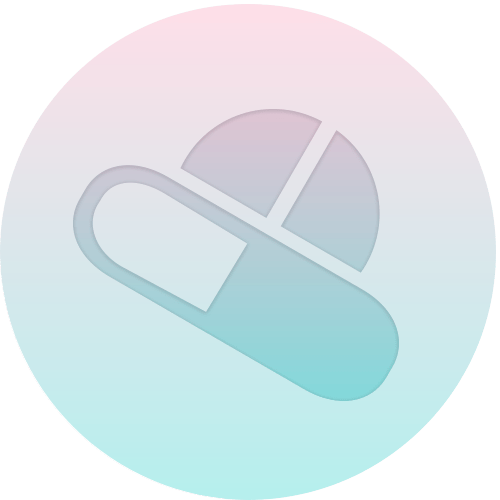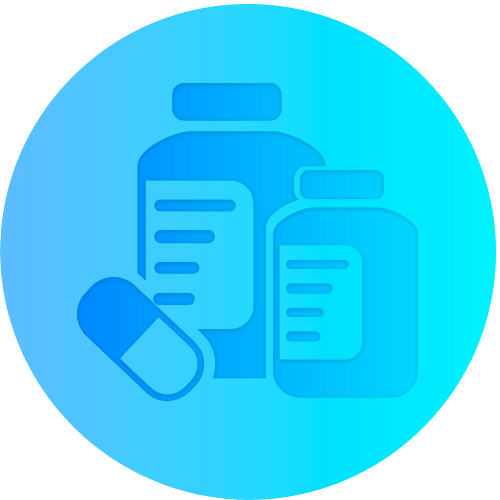Viral Pain or Migraine??

It’s me again. I hope all of you are keeping well in this weather. I’m still seeing lots of patients suffering from an awful flu virus. Make sure all of you are keeping up with your fluid intake (water or diluted fruit juice are great choices) this keeps your body well hydrated and stops the membranes in your nose and throat getting dry. Consuming a daily dose of vitamin C and Zinc can boost your immunity and speed up your recovery. Remember if you are unwell, you should stay home and take time off work or school so that your body can get enough rest to help your immune system fight off the virus.
One of my regular customers was not so lucky this time around. She emailed me last week after reading my last email about measles. She was hit by the virus last week despite having had her flu vaccine back in May.
[As mentioned in my previous emails, the flu vaccine does not provide 100% protection against all flu strains, so it is perfectly normal to get a cold or the flu even if you are vaccinated.]
She mentioned that the headache was so severe that it felt like migraine, and none of the medications she tried provided her with any relief.
Most of us have experienced a time with a headache during the flu – so intense that you wonder whether it could be a migraine!
How can we tell whether it’s a sinus headache or a migraine?
I find it’s a common misunderstanding – people think they have a sinus headache when they’ve got a stuffy, runny nose, and with a sore forehead and cheeks. However, this could be further from the truth. In fact, a study found that 95% of people who thought they had a sinus headache actually had a migraine episode.
A true sinus headache is usually a result of a viral or bacterial infection in your sinuses. Both sinus headache and migraine can cause a runny and stuffy nose, watery eyes and pressure in your forehead and cheeks.
One of the ways you can distinguish the type of headache you are suffering from is from your snot. Yes, your snot tells a lot about you. Sinus headache usually will produce yellow pus, but mucus from a migraine is often transparent in colour.
Also, migraine tends to have the following additional symptoms: • Nausea • Sensitivity to light • Throbbing headache • Headache worsened by activity
Some of you might ask me – okay Chris, my head hurts…. Is it necessary to find out what type of headache I have? A simple answer to this is yes, of course, because the treatment for both types can be very different.
Let’s take my patient’s scenario as an example; she had the flu with a major headache that was not responding to a range of pain relief medicines. She said she felt nauseous and had vomited as well. Based on the description, the flu could have triggered a migraine with sinus symptoms and migraine treatments would have provided greater pain relief than simple pain relief.
For sinus headache, the aim is to drain the fluid accumulated from the sinuses to relieve the pressure and pain. You can do this by taking a decongestant, antihistamine or antibiotics or a combination of all.
The bottom line is that the flu can trigger both sinus headache and migraine depending on the type of symptoms. It’s important to go beyond the typical sinus symptoms and look for other cues to suggest which one you have.
If any of you feel that your sinus headaches could be migraine, it is important to talk to your doctor and get a proper diagnosis so that the right treatment can be prescribed.
As always, do not hesitate to talk to me or one of our pharmacists if you have any questions about migraine and sinus headaches.
To you and your family’s health,
Chris
Pharmacist


















